Rugged vs. Standard Handheld RFID Readers: Which Is Right for Harsh Environments?
In the world of asset tracking, inventory management, and logistics, Radio Frequency Identification (RFID) technology has become indispensable. Handheld RFID readers, in particular, offer the flexibility and mobility that fixed readers simply cannot match. They allow workers to walk through aisles, scan items on high shelves, and verify assets on the spot. However, not all handheld readers are created equal, especially when their workplace is anything but a clean, climate-controlled office.
The choice between a rugged and a standard handheld RFID reader is a critical one. Selecting the wrong device for a demanding environment can lead to frequent failures, costly downtime, and a frustratingly low return on investment. So, how do you decide which is right for your operation? This comprehensive guide will break down the key differences, applications, and cost considerations to help you make an informed choice.
Understanding the Core Difference: It’s More Than Just a "Tough" Shell
At first glance, a rugged device might just look like a bulkier version of a standard reader. But the differences run far deeper than aesthetics.
Standard Handheld RFID Readers are designed for general-purpose use. Think of retail stores, libraries, or light warehouse duties. They are built with cost-efficiency in mind, using plastics and components that are adequate for indoor, predictable environments. They are the "sedans" of the RFID world: perfect for paved roads and fair weather.
Rugged Handheld RFID Readers, on the other hand, are engineered from the ground up to survive and perform in extreme conditions. They are the "all-terrain vehicles," built with reinforced materials, specialized seals, and hardened electronics to withstand the shocks, drops, moisture, dust, and temperature extremes common in industries like manufacturing, construction, logistics, and agriculture.
The Anatomy of a Rugged Reader: What Makes It "Rugged"?
To truly appreciate the value of a rugged device, you need to understand the specific engineering that goes into it. Key durability features are often quantified by international standards, making comparisons objective.
-
Ingress Protection (IP) Rating: This is arguably the most critical specification. The IP code indicates the level of protection against solids (like dust) and liquids.
-
Standard readers might have an IP rating of IP54 (protected from limited dust ingress and water splashes from any direction). This is fine for a warehouse where a spilled drink is the biggest liquid threat.
-
Rugged readers typically boast ratings of IP65, IP67, or even IP68. This means they are dust-tight (IP6x) and can withstand low-pressure jets of water (IP65), temporary immersion (IP67 - 1 meter for 30 minutes), or continuous immersion (IP68). This is essential for outdoor use in the rain, wash-down scenarios in food processing plants, or extremely dusty mining operations.
-
-
Drop Specification (MIL-STD-810H): How many times can you drop it and still expect it to work?
-
Standard readers may survive occasional waist-high drops onto carpeted floors.
-
Rugged readers are tested to military standards (MIL-STD-810H) for shock, vibration, and drops. They are certified to survive repeated drops onto concrete from heights of 1.5 meters (5-6 feet) or more. Their casings are made of magnesium alloy or reinforced polycarbonate with rubberized bumpers to absorb impact.
-
-
Operating Temperature Range: Electronics hate extreme temperatures.
-
Standard readers are designed for a comfortable climate, typically between 32°F to 104°F (0°C to 40°C). Leave one in a frozen delivery truck or on a sunny dock, and it may fail to boot up.
-
Rugged readers have a much wider operating range, often from -4°F to 122°F (-20°C to 50°C) or even broader. They can function reliably in a meat-packing plant's freezer or a Middle Eastern construction site.
-
-
Component Quality: Beyond the shell, the internal components are also reinforced. Rugged devices use higher-grade circuit boards with conformal coatings to protect against humidity and corrosion. Buttons are sealed and tactile. The display is often made of Gorilla Glass or similar scratch-resistant materials.
Harsh Environment Showcase: Where Rugged Readers Are Non-Negotiable
Let’s translate these specifications into real-world applications. If your operation falls into any of these categories, a rugged reader is not a luxury; it's a necessity.
-
Manufacturing & Heavy Industry: The factory floor is a warzone for electronics. Constant vibration from machinery, airborne metal shavings and oil mist, and the ever-present risk of a tool or component being dropped on the device make ruggedness mandatory.
-
Logistics & Warehousing (Outdoor/Cross-Docking): While some indoor warehouses can use standard readers, cross-docking terminals and outdoor yards are different. Readers are exposed to rain, snow, dust, and significant temperature swings. They are also frequently knocked against loading docks and packages.
-
Food & Beverage Processing: These environments require frequent, high-pressure wash-downs with harsh chemicals and hot water to maintain hygiene. A standard reader would be destroyed in minutes. A rugged reader with a high IP rating (IP67/IP68) is built to handle this daily punishment.
-
Construction & Mining: This is perhaps the most demanding environment. Devices are exposed to extreme dust, mud, torrential rain, and massive temperature variations. The risk of drops from significant heights is high. Durability is paramount.
-
Agriculture & Livestock Management: From the dust of a grain silo to the humidity of a greenhouse and the mud of a field, agricultural applications demand a reader that can handle organic matter and moisture without failing.
The Case for Standard Handheld Readers: When "Tough Enough" Is Enough
Rugged readers are superior in durability, but they come with trade-offs. A standard handheld RFID reader can be the perfect, cost-effective solution for the right environment.
-
Controlled Indoor Environments: If your operation is entirely indoors in a warehouse, retail backroom, or office setting, the extreme protection of a rugged reader is likely overkill.
-
Budget Constraints: Rugged readers can cost 2 to 3 times more than their standard counterparts. For a business with a limited budget and a low-risk environment, this premium is hard to justify.
-
Ergonomics and Weight: Rugged readers are heavier and often larger due to their reinforced construction and bulky batteries. For workers scanning items for an entire shift, a lighter standard reader can reduce fatigue and increase productivity.
-
Specialized Features: Some standard readers might offer a specific feature set, like a particular scan engine or a more intuitive user interface for a niche application, that isn't available in a rugged form factor.
Total Cost of Ownership (TCO): The Real Price of a Device
The initial purchase price is only part of the financial story. To make a smart decision, you must consider the Total Cost of Ownership (TCO).
-
Standard Reader TCO: Lower upfront cost, but potentially higher long-term costs. A single drop or exposure to moisture can mean expensive repairs or a full replacement. The cost of downtime—waiting for a repair, lost productivity, delayed shipments—can far exceed the price of the device itself.
-
Rugged Reader TCO: Higher upfront investment, but significantly lower long-term risk. The device is far less likely to fail, meaning less downtime, fewer replacements, and higher overall productivity. The longer lifespan of a rugged device often means its TCO is lower over a 5-year period, even with the higher initial price.
Making the Right Choice: A Practical Checklist
Ask yourself and your team these questions to guide your decision:
-
What is the physical environment? Will the reader be exposed to rain, dust, extreme temperatures, or chemicals?
-
How likely are drops and impacts? Be honest about how devices are handled by employees under time pressure.
-
Is wash-down required? Any contact with running water or cleaning chemicals necessitates a high IP rating.
-
What is the true budget? Factor in not just the purchase price, but the potential cost of repairs, replacements, and downtime.
-
Who is using it? Consider the ergonomics for your workforce. Will the weight of a rugged device cause strain?
The Verdict
The choice between rugged and standard is a classic case of "right tool for the job."
-
Choose a Standard Handheld RFID Reader if your operation is primarily indoor, clean, and predictable, and your priority is minimizing initial cost.
-
Choose a Rugged Handheld RFID Reader if your reader will face moisture, dust, drops, or extreme temperatures. The higher initial investment is a form of insurance, protecting you from the far greater costs of failure and downtime in a harsh environment.
In the relentless pace of modern industry, your tools must be as reliable as your team. Investing in the right level of durability ensures that your RFID system remains an asset, not a liability, keeping your operations running smoothly no matter what challenges come your way.
No comments




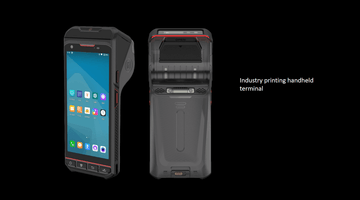
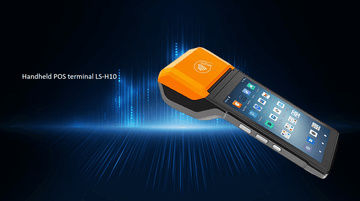



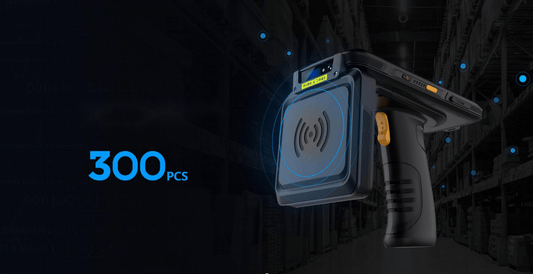

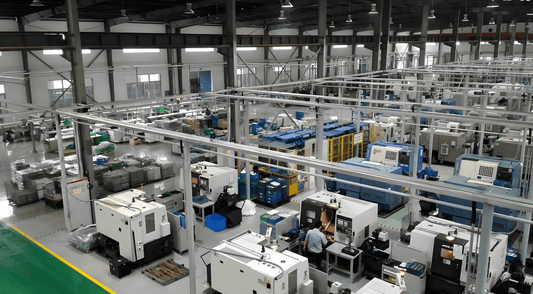

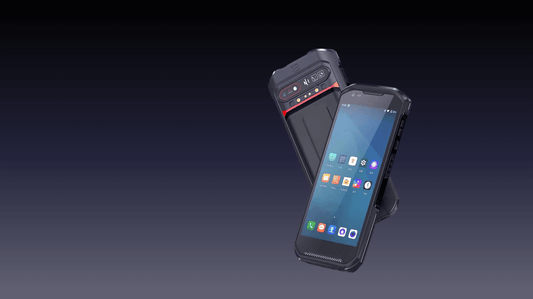
0 comments